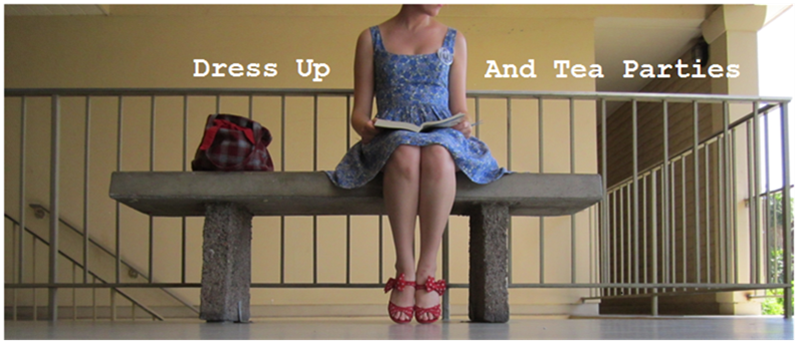iii. Femininity vs. Masculinity Part 2
Further, as Alice Paul of the National Women's Party said in 1921, "Women today... are still in every way subordinate to men before the law," (Kendall 67). Another area where women struggled with their identity as a female in a predominantly male world was what their exact role in the workplace was. On one hand, women found themselves finally working alongside men. But, on the other, most women had, "low-level, low-paying [positions] as a stenographer or a file clerk or a salesperson, and the work was usually monotonous and routine...[and] women earned little more than half of male salesman's salareis," (Miller, Nathan 255). Thus, although women had finally become equal enough to men to now work with them,, they were still segregated into jobs that rudely remineded them that they were still just women, leaving them struggling to see how much, or little, progress had truly been made.
These struggles over women's growing equality with men were directly reflected in their dress. Prior to the 1920s, with the Gibson Girl, women's features had been grossly exaggerated in every aspect. Shirtwaists, with their hight collars, were tucked into floor length skirts and emphasized their feminine hourglass figures, and hair was grown extremely long and swept up (Drowne and Huber 99). At first glance, it may appear that women were trying to imitate the males that they ahd become almost equals of in the 1920s. Their new tubular dresses and bobbed hair (Drowne and Huber 99) resembled male figures and haircuts more than how women had appeared for years. However, women were also "heavily made up, not to imitate nature, but for an altogether artificial effect-- palor mortis, poisonously scarlet lips, richly ringed eyes--" (Latham 20). Thus, through her makeup, the new woman exaggerated her femininty, contrasting with the masculinity of the rest of her dress. This visible struggle over what femininty was in the 1920s was a direct reflection of the struggle to find the role of women in the new, modern world, where, similar to the fashions, women found themselves often caught between trying to blend with the masculine world they had so long been left out of, yet still trying to retain their age-old sense of womanhood.


No comments:
Post a Comment